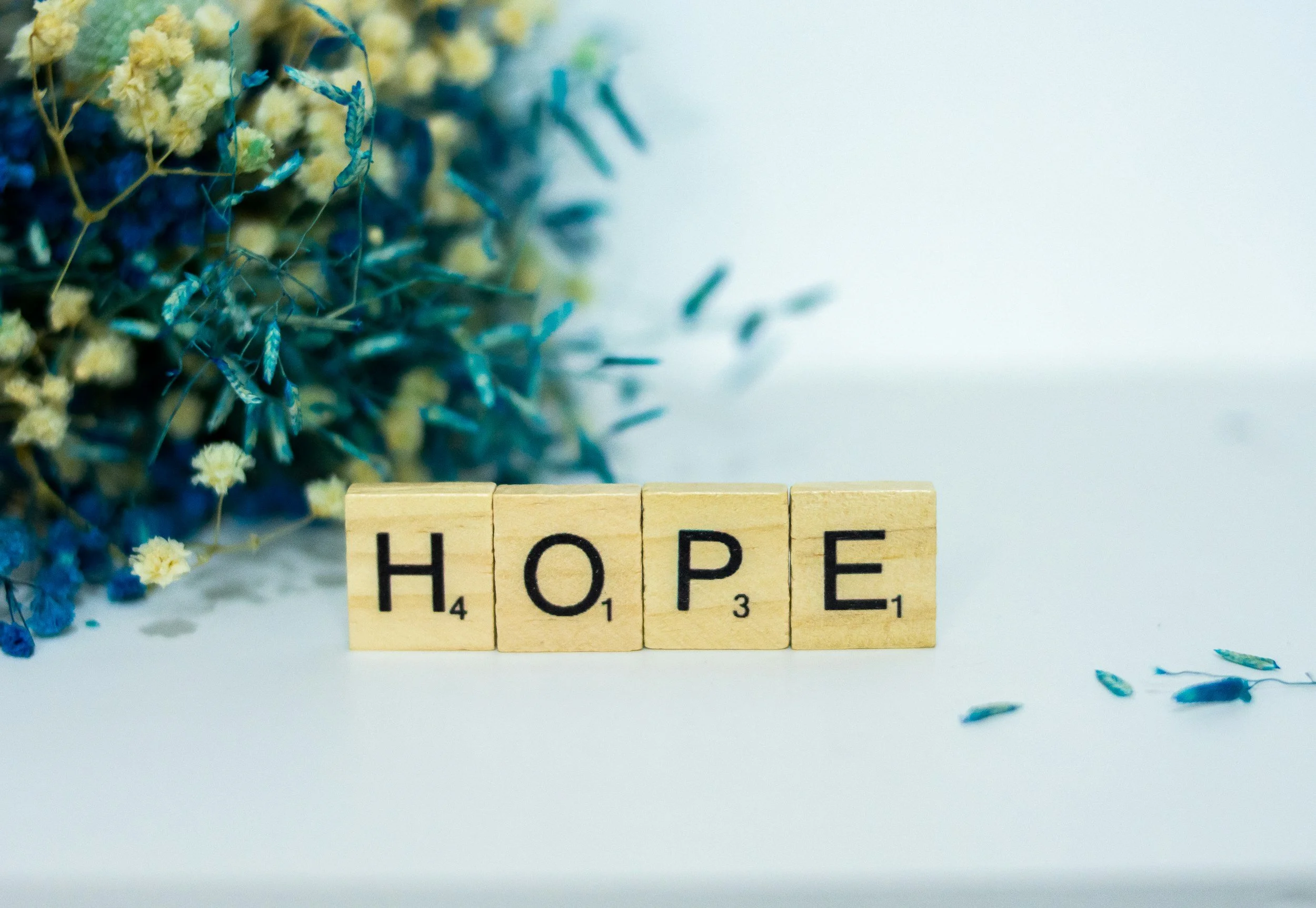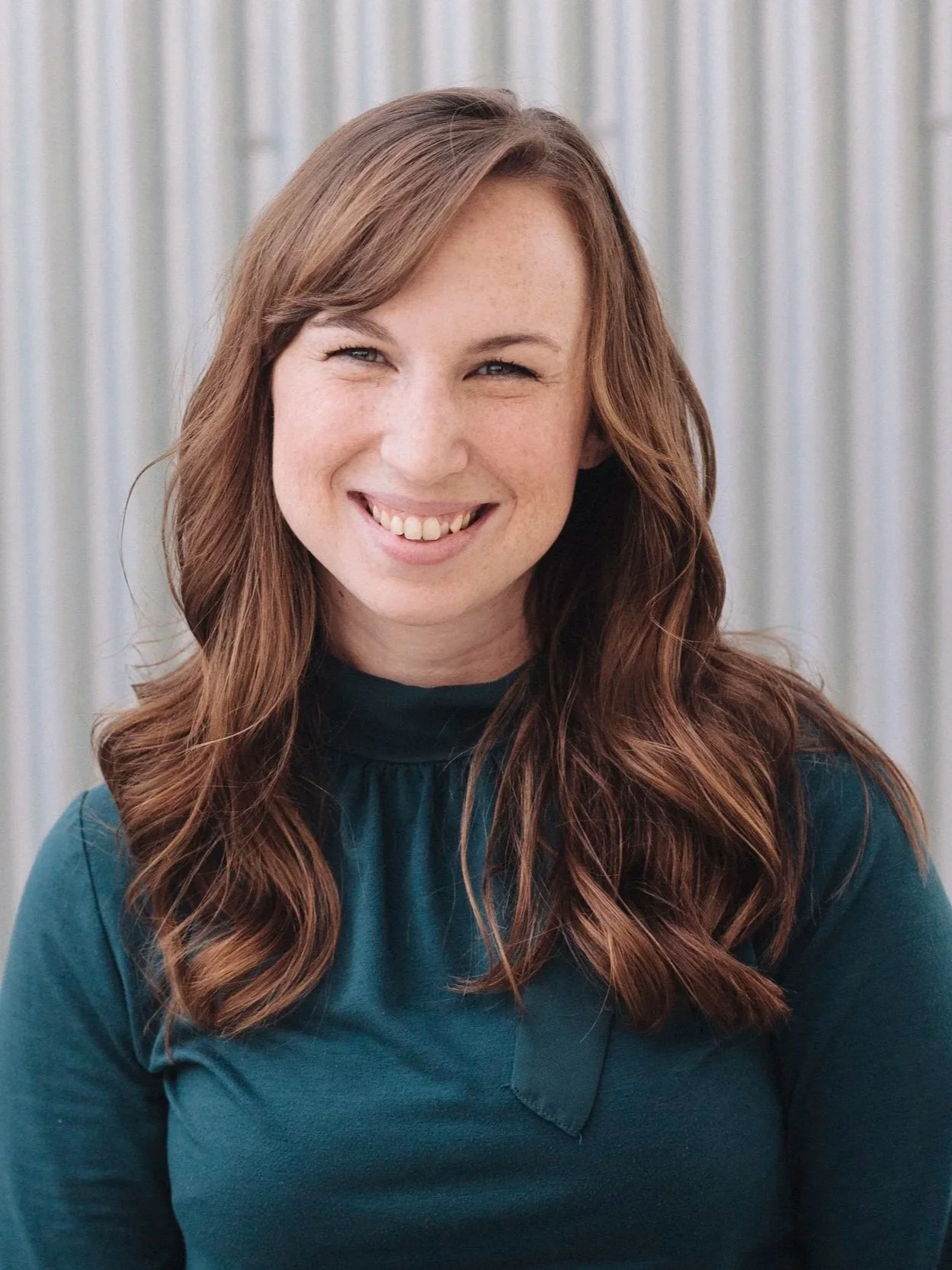Finding Hope When Life Feels Broken: A Christian Reflection
Have you ever just accepted the brokenness in your life as an unescapable reality? You’ve tried fixing it—again and again—and nothing worked, so you just grew around it.
I have a TV in my bedroom that I almost never use. But about once a week, I let my kids go in there to watch a movie or a show. The problem is, the remote is broken—meaning you can only go down and to the right.
Can you imagine trying to use a Roku remote that only moves down and right? If you accidentally go too far, it’s almost impossible to get back. My kids’ patience and perseverance are impressive!
Over time, I tried all the usual fixes—changing the batteries, switching remotes, troubleshooting online—but nothing worked. So for the last year and a half, we just managed with a broken remote.
Recently, I upgraded our internet, which meant reconnecting every device to the new Wi-Fi. Faced with the daunting task of entering a password using only “down” and “right,” I decided to give it one last try with another remote.
Thirty seconds of Googling later, I had a new Roku remote synced to the TV. My jaw dropped at how simple it was. I felt triumphant that we were finally free from the “right-down” restrictions—but also a little disappointed that it took me so long to realize the fix had been available all along.
A few days later, I sensed a gentle whisper in my spirit:
“Where else are you accepting brokenness?”
It stopped me in my tracks.
This silly remote reminded me of something much deeper: how often we learn to live around what’s broken instead of seeking real healing.
Maybe it’s a strained relationship, a pattern of anxiety, or a spiritual wound that feels too old to address.
At some point, waiting for to things to change feels hopeless, so we adapt. We lower expectations. We tell ourselves things like, “It is what it is,” or, “It must be God’s will.”
Sometimes hope feels too risky, and acceptance feels safer.
Why Hope Feels Hard
Hope asks something of us. It requires vulnerability—to believe that something good could happen again, that restoration is possible even when we’ve been disappointed before. Hope dares us to imagine a life that looks different from the one we’ve learned to manage.
But when life has handed us heartbreak, loss, or repeated failure, hope can feel like a setup for pain. It’s easier to stay safely numb than to risk being let down again.
Sometimes hopelessness disguises itself as maturity—“I’ve learned not to expect too much.” Other times it hides under spiritual language: “Maybe this is just my cross to bear.”
Naomi’s Story: Learning to Hope Again
Naomi, from the book of Ruth, demonstrates this tension. She and her husband and sons left Israel during a famine and settled in Moab, where her sons married foreign wives. But tragedy struck—her husband and both sons died—leaving her alone in a foreign land with two Moabite daughters-in-law.
Naomi was devastated by her loss and said,
“Call me Mara, because the Almighty has made my life very bitter. I went away full, but the Lord brought me back empty.”
— Ruth 1:21–22
Naomi grieved deeply what she had lost. As she prepared to return home, she urged her daughters-in-law to stay behind and rebuild their own lives. She saw her future as hopeless and didn’t want them burdened by her despair.
But one of them—Ruth—refused to leave her. Through Ruth’s faithfulness, Naomi was not left alone. Behind the scenes, God was weaving redemption. Ruth met Boaz, their family redeemer, and later gave birth to a son—Obed—the grandfather of King David.
Naomi’s story wasn’t over when she lost everything. She was in the middle of her story, one that would ultimately point to the Messiah Himself.
Naomi thought she just had to accept her brokenness and heartbreak, but instead, she had to learn to hope again.
Practical Steps for Learning to Hope Again
You may be like Naomi. You may feel like things are hard and will always be hard. Learning to hope again may feel scary and overwhelming.
Here are a few places to start:
Start small.
Hope doesn’t always begin with grand gestures. Sometimes it starts with a tiny act of courage—sending the message, scheduling the appointment, or simply praying, “Lord, help me to want to hope again.”Remember past healing.
When hopelessness feels heavy, remind yourself of the times you saw God move on your behalf. Maybe there were times when things did change. Maybe there were small acts of kindness where you felt seen and cared for. Write them down. Sometimes the proof that God can restore is already hidden in our own story.Be honest with God.
He’s not afraid of your disappointment or your doubts. Honest prayer—raw, unfiltered, unpolished—is one of the most hopeful things you can do. Naomi changes her name talks about her despair. David wrote Psalms vulnerably sharing his pain, asking God hard questions, and then remembered God’s character and faithfulness. Journaling these prayers may help you navigate through them.Borrow hope from others.
When you can’t see the light, sit with people who can. Community can hold faith for us when ours feels thin. Whether it’s a trusted friend, a Christian counselor, or a small group, healing rarely happens alone.Stay curious.
Instead of “This will never change,” try asking, “What if there’s another way?” Curiosity keeps the door cracked open for hope to slip in. Listen to this podcast on hope and begin to wonder what a creative God might do next.
Maybe hope isn’t about pretending things are fine. Maybe it’s about daring to believe that they don’t have to stay this way.
As you go about your week, ask yourself:
Where have I stopped hoping? And what’s one small act that could reconnect me to possibility again?
Sometimes the first step toward healing is the willingness to reach for the remote one more time.
Hi, I’m Donna, a Christian counselor based in San Antonio, Texas. I’m here to help you move toward hope and healing.
I am passionate about helping women navigate seasons of trial, anxiety, and transition. I believe healing happens when faith and psychology meet. Working together, we can find peace and purpose in the midst of the storm.

